A Market Carved from Geopolitical Shifts
In the dynamic world of international trade, opportunity often arises not from stability, but from disruption. For the globally-renowned Iranian natural stone industry, the current economic landscape in Russia represents exactly that—a monumental, stone-cold opportunity. As of 2025, with traditional European suppliers of premium marble, travertine, and onyx slabs largely absent from the Russian market due to sanctions and logistical hurdles, a significant and lucrative void has emerged. Russia’s insatiable appetite for high-quality building materials, fueled by a resilient construction sector, has not diminished. This has created a direct and compelling demand for new, reliable partners. Enter Iran, a nation literally built on a foundation of some of the world’s most diverse and beautiful natural stone.
This is not just a simple story of supply meeting demand. Exporting heavy, high-value stone slabs from the quarries of Isfahan and Lorestan to the architectural projects of Moscow and St. Petersburg is a complex undertaking—a “heavy lift” in every sense of the word. It is a journey fraught with logistical challenges, financial intricacies, and fierce competition. However, the advantages for those who master this trade are immense. Iran’s unparalleled geological wealth, cost-effective production, and growing logistical prowess via the International North-South Transport Corridor (INSTC) create a powerful value proposition that Russian buyers are finding increasingly difficult to ignore.
This comprehensive guide is designed to be your strategic roadmap. We will move beyond the surface-level analysis to provide actionable intelligence for Iranian exporters and international traders. We will dissect the unique advantages that make Iranian slabs a compelling choice, confront the critical challenges from logistics to finance head-on, and lay out a practical framework for building a successful and sustainable export business to Russia in 2025 and beyond. The opportunity is real, it is substantial, and it is waiting to be seized.
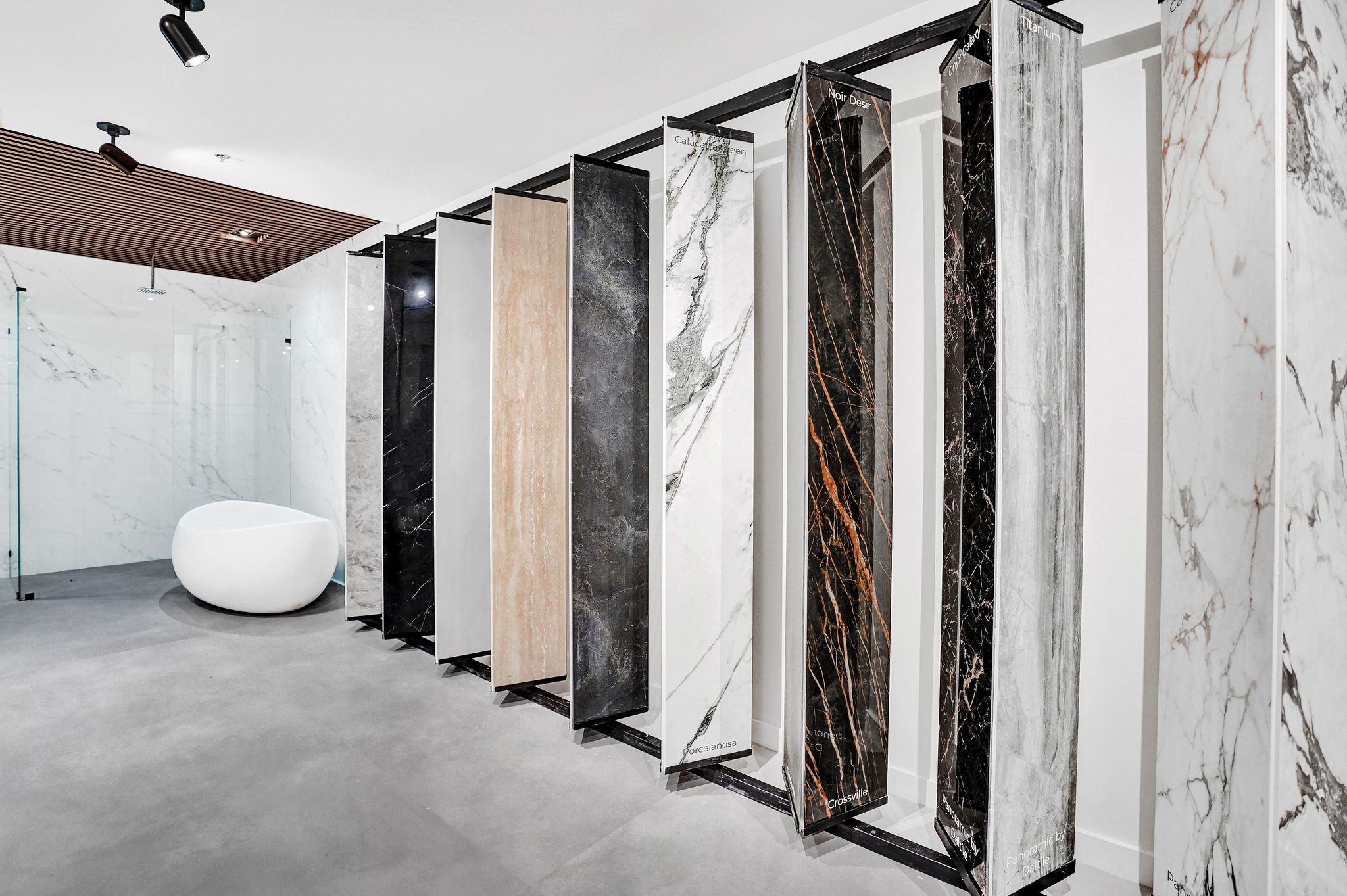
Part 1: The Iranian Advantage – Why Russia is Looking South for Stone
Iran’s position as a potential leader in the Russian stone market is not a matter of chance. It is built on a series of powerful, intrinsic advantages that align perfectly with the current needs of Russian buyers.
۱.۱. Unmatched Geological Diversity and Quality:
Iran is often referred to as a “paradise of stones” for good reason. It is home to one of the most varied and extensive reserves of natural stone on the planet. This is not just about quantity; it is about the unique quality and aesthetic appeal of the materials:
- Persian Travertine: Iranian travertine, particularly from areas like Mahallat, is world-famous for its consistent color, minimal porosity, and diverse range of shades, from silver to red and yellow. It is a highly sought-after material for facades and interior cladding.
- Exotic Marble and Onyx: Iran possesses quarries of unique and visually stunning marble and onyx that are unavailable anywhere else. Colors ranging from deep greens and pinks to the translucent, honey-colored onyx create a high-end appeal for luxury projects, a segment where Russian demand remains strong.
- Granite and Limestone: Beyond the more famous stones, Iran has robust reserves of durable granite and versatile limestone, catering to a wide range of construction and decorative needs.
This diversity allows Iranian exporters to be a one-stop-shop for Russian importers looking to source a variety of materials without having to manage multiple international suppliers.
۱.۲. The Cost-Effectiveness Edge:
In a market where project budgets are always a key consideration, Iran offers a compelling financial proposition. This cost advantage is derived from several key factors:
- Low Extraction Costs: Favorable geological conditions and a long history of quarrying mean extraction methods are well-established and efficient.
- Competitive Energy Prices: The processing of stone slabs—cutting, polishing, and finishing—is energy-intensive. Iran’s access to abundant and affordable natural gas gives its processing facilities a significant operational cost advantage over European competitors.
- Skilled Labor Force: A long tradition of stonework has created a deep pool of skilled and experienced labor at competitive wages, from quarry masters to factory technicians.
When combined, these factors allow Iranian slabs to be landed in Russia at a price point that is highly competitive against both remaining European options and other global suppliers like China and Turkey.
۱.۳. Geographical Proximity and the INSTC Revolution:
For a product where logistics costs can make up a substantial portion of the final price, geography is destiny. Iran’s proximity to Russia is a massive inherent advantage. The development of the International North-South Transport Corridor (INSTC) has weaponized this advantage. This multi-modal network of sea, rail, and road has made transporting heavy goods like stone slabs faster, cheaper, and more reliable than ever before. Shipping a container of slabs across the Caspian Sea from Iran’s Anzali port to Russia’s Astrakhan port is vastly more efficient than the long sea voyages required from other stone-producing regions like Brazil or even Italy.
Part 2: The Heavy Lift – Confronting the Core Challenges of the Slab Trade
While the advantages are clear, ignoring the significant challenges would be a critical mistake. Success in this market depends on proactively addressing these hurdles.
۲.۱. The Logistical Gauntlet: Moving Mountains of Stone:
Exporting stone slabs is one of the most logistically demanding trades.
- Weight and Fragility: Slabs are immensely heavy, requiring specialized handling equipment at every stage—cranes at the factory, heavy-duty trucks, and port facilities capable of managing multi-ton cargo. At the same time, they are brittle. Improper packing or handling during transit can lead to cracks, chips, or complete breakage, rendering a high-value product worthless. Robust, custom-built wooden A-frames and secure container lashing are non-negotiable.
- Infrastructure Bottlenecks: While the INSTC is a game-changer, it is not without its flaws. The quality of roads leading to northern ports can be variable. Port capacity at both Anzali and Astrakhan can be a bottleneck, leading to potential delays in loading and unloading. A successful exporter must factor in potential buffer time and work with logistics partners who have on-the-ground expertise to navigate these issues.
- Customs and Documentation: The customs clearance process for heavy, high-value goods can be rigorous. Accurate documentation is paramount. Any discrepancy in the declared weight, dimensions, HS Code classification, or valuation can lead to significant delays and fines. Russian customs officials are meticulous, and there is no room for error.
۲.۲. The Financial Blockade: Navigating a Sanctioned Economy:
This remains the most complex challenge. Traditional international payment methods are off the table.
- Bypassing the US Dollar: Standard wire transfers and Letters of Credit (LCs) through the SWIFT system are not possible. Businesses must rely on an alternative financial architecture.
- Rial-Ruble Exchange and Mir System: The primary solution is conducting trade in national currencies. This requires both the Iranian exporter and the Russian importer to have accounts with banks that are part of the direct financial messaging system established between the two countries. Russia’s Mir payment system is being increasingly integrated with Iran’s Shetab system, but the process for B2B transactions can still be cumbersome and requires expert banking advice.
- Third-Country Intermediaries: Some trade is routed through banks in friendly third countries that maintain relationships with both Iran and Russia. This adds another layer of complexity and cost but can be a viable workaround.
- Risk of Payment Default: Without the security of a traditional LC, the risk of payment default is higher. Many Iranian exporters mitigate this by demanding a significant upfront payment (often 40-50%) before processing begins, with the final payment due before the release of the Bill of Lading. Building a relationship of trust with the Russian buyer is crucial.
۲.۳. Market Perception and Stiff Competition:
Iranian exporters are not entering a vacuum. They face strong competition and must overcome certain market perceptions.
- The “Italian Quality” Benchmark: For decades, the Russian luxury market has equated premium stone with Italy. Iranian companies must invest heavily in marketing and quality assurance to prove that their products meet or exceed this benchmark. This means providing flawless finishing, precise calibration, and professional packaging.
- Competition from Turkey and China: Turkish stone exporters have a long-standing presence in Russia and deep logistical expertise via the Black Sea. Chinese suppliers offer a vast range of products at very low prices. Iranian exporters must clearly define their value proposition—competing not just on price with China, but on unique materials and quality that rival Turkey and former European suppliers.
- Building Brand Trust: Russian buyers can be cautious. They need to be confident in the reliability and consistency of their Iranian partners. This means delivering on time, ensuring the quality of every slab in the container matches the sample provided, and providing excellent after-sales support.
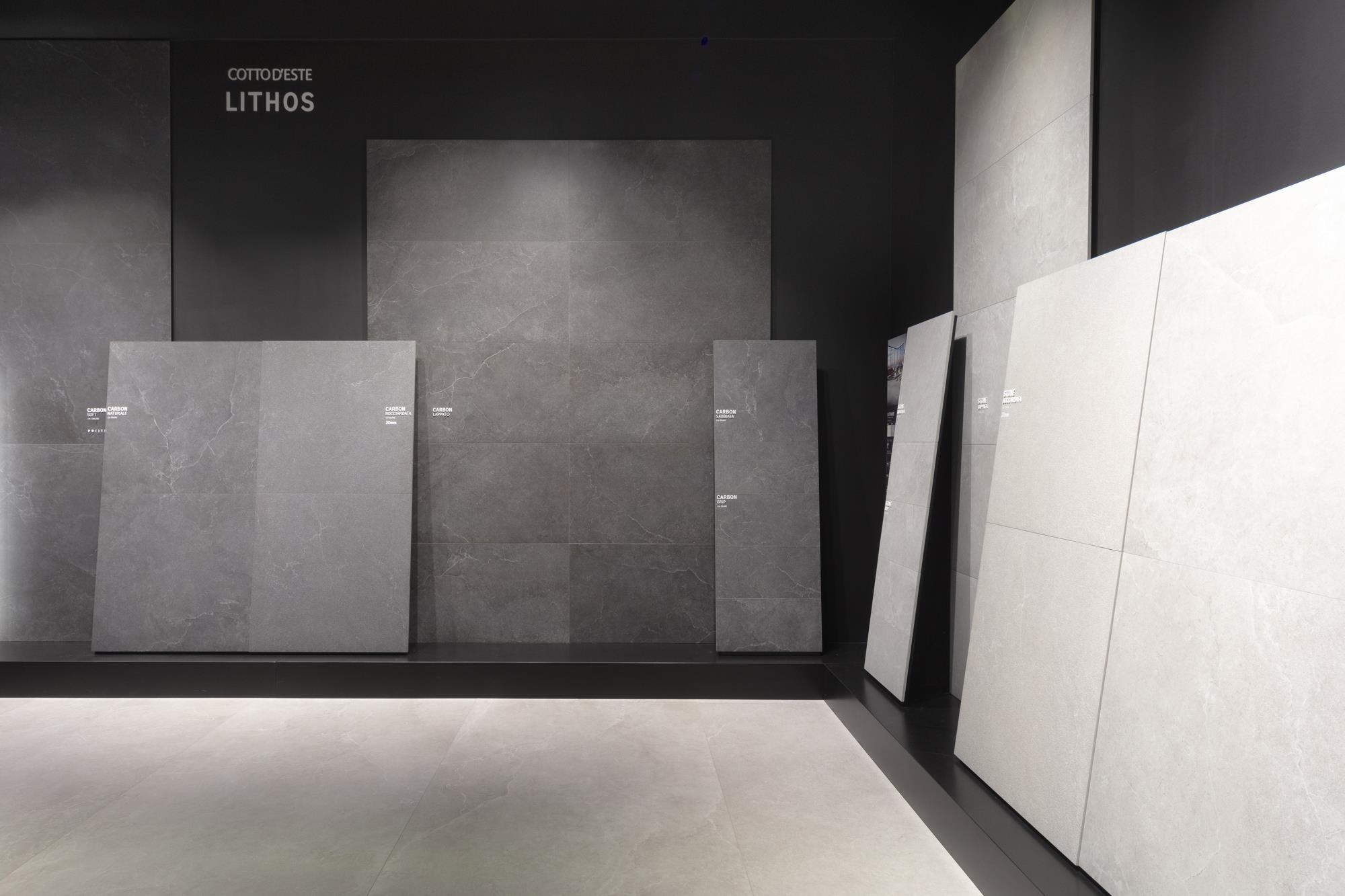
Part 3: A Strategic Blueprint for Market Entry and Success
A successful export strategy is a deliberate and phased approach.
Step 1: Product and Market Alignment:
- Know Your Stone: Do not try to sell everything. Focus on the stones where you have a competitive advantage in terms of quality, uniqueness, or price.
- Research Russian Trends: Invest in market research. Understand which colors, finishes (polished, honed, brushed), and sizes are currently in demand for residential and commercial projects in Russia.
- Invest in Quality Control: Implement a rigorous, multi-stage quality control process, from the quarry to the final packing. Your reputation depends on it.
Step 2: Finding Your Russian Partner:
- Attend Key Trade Fairs: Exhibiting at or visiting MosBuild in Moscow is the single most important investment you can make. It is where the entire Russian building materials industry converges. You can meet importers, distributors, architects, and developers in one place.
- Choose the Right Model: For most, partnering with an established Russian stone importer/distributor is the best path. They have the warehouses, showrooms, sales networks, and local knowledge you lack. They will handle the “last mile” of getting your slabs to the end-users.
- Due Diligence: Thoroughly vet any potential partner. Check their financial stability, their reputation in the market, and their experience with importing from non-European countries.
Step 3: Flawless Logistics and Documentation:
- Select an Expert Freight Forwarder: Partner with a logistics company that specializes in the INSTC and has a proven track record of moving heavy cargo from Iran to Russia. They are worth their weight in gold.
- Perfect Your Packaging: Work with packaging experts to design crates and A-frames that can withstand the rigors of road and sea transport. Every broken slab is lost profit.
- Master the Paperwork: Hire a customs broker or work with your freight forwarder to ensure every document—from the commercial invoice and packing list to the certificate of origin—is 100% accurate.
Step 4: Building a Powerful Brand Presence:
- Professional Marketing Materials: Develop a high-quality, Russian-language website and print catalog. Invest in professional photography and videography of your quarries, factory, and finished slabs.
- Tell Your Story: Market the uniqueness of Persian stone. Emphasize its history, its geological rarity, and the craftsmanship involved in its production. This creates a narrative that elevates your product beyond a simple commodity.
- Sample Program: Create a professional sample program so potential buyers in Russia can see and feel the quality of your materials firsthand.
Conclusion: Carving Out a New Legacy
The opportunity to export Iranian stone slabs to Russia in 2025 is not just a fleeting market opening; it is a foundational moment to build a new, enduring trade legacy. The advantages are profound: a treasure trove of unique natural stones, a structurally low-cost production base, and a revolutionary logistical corridor that places Iran at Russia’s doorstep. These are powerful fundamentals for success.
However, this is a path for the serious, the strategic, and the resilient. The challenges of logistics, finance, and market competition are significant and demand meticulous planning, strong partnerships, and an unwavering commitment to quality. The “heavy lift” is real, but the rewards are commensurate.
For Iranian stone companies that can navigate this complex terrain, the prize is not just a series of profitable export sales. It is the chance to establish “Made in Iran” as the new benchmark for quality and luxury in one of the world’s most important construction markets. It is the opportunity to see Persian travertine grace the facades of Moscow skyscrapers and rare Iranian onyx become the centerpiece of St. Petersburg interiors. The stone is there, the demand is there, and the path, while challenging, is clear. The time to start building is now.
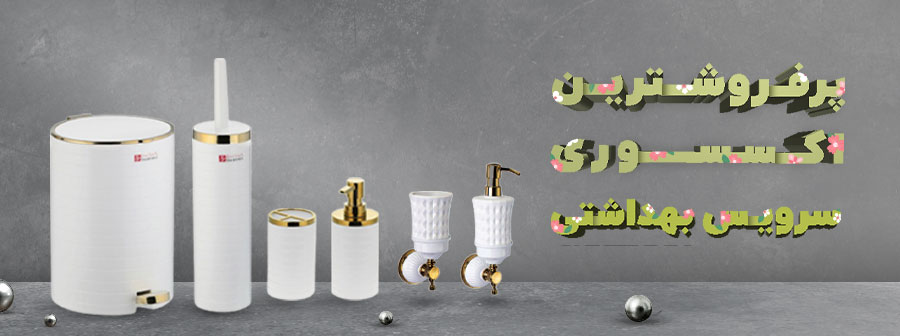
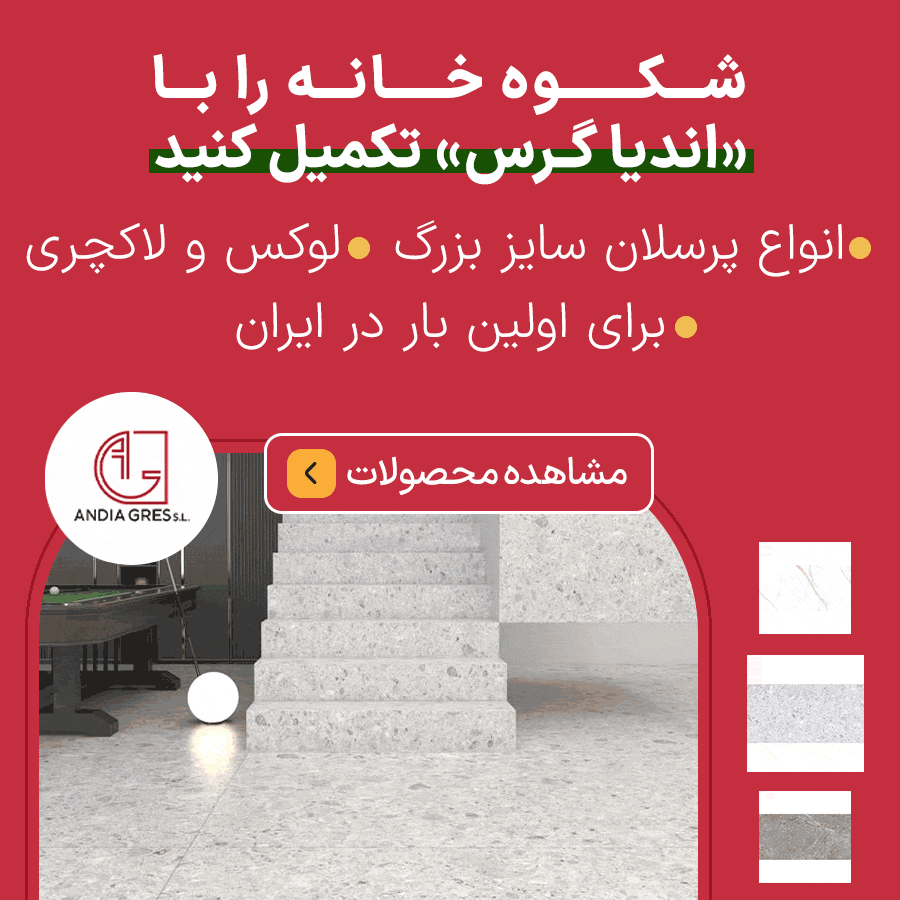
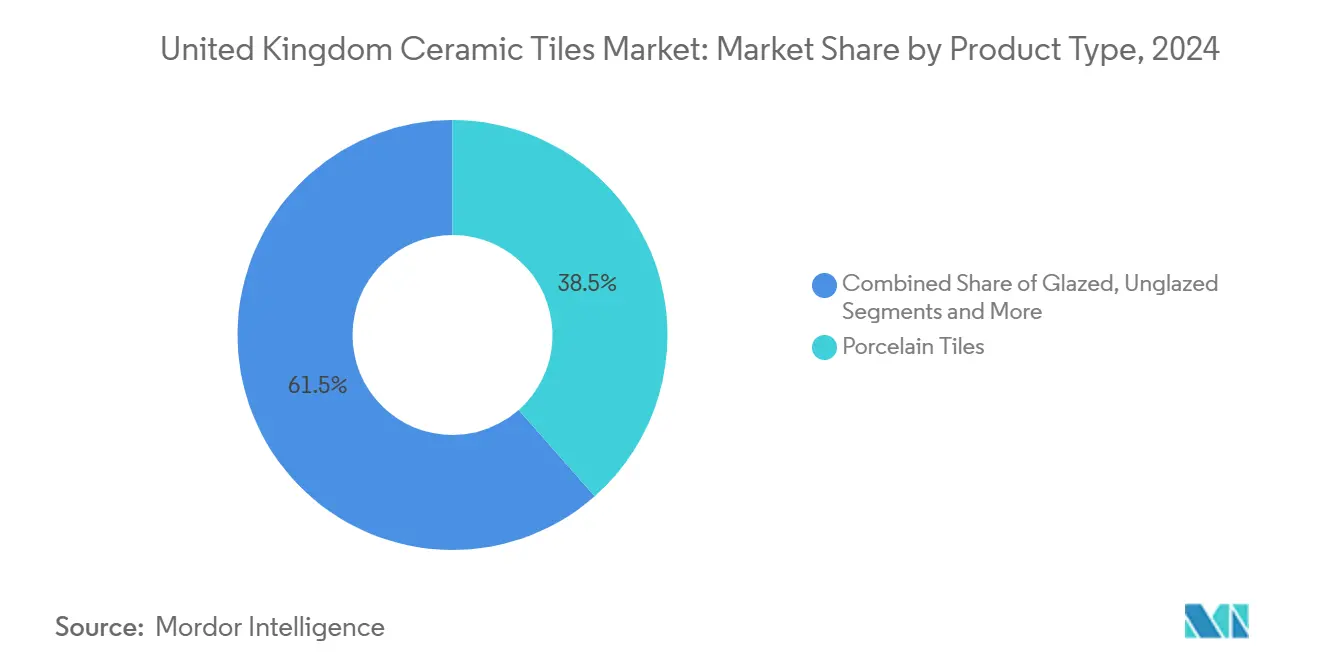
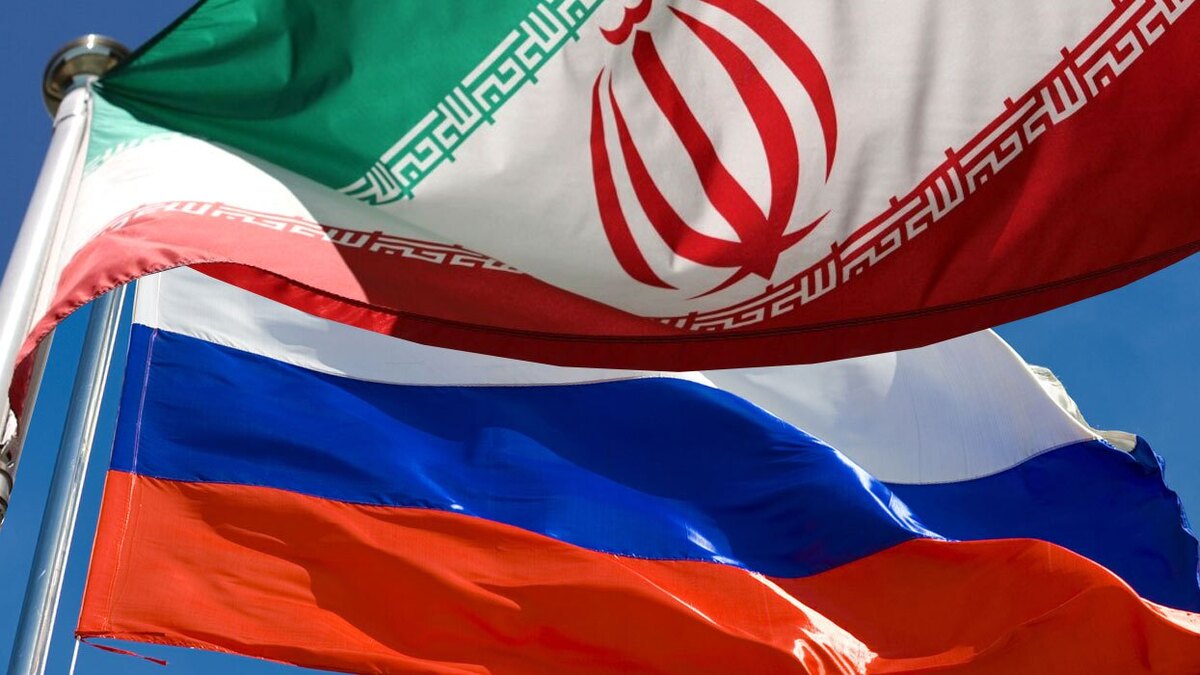

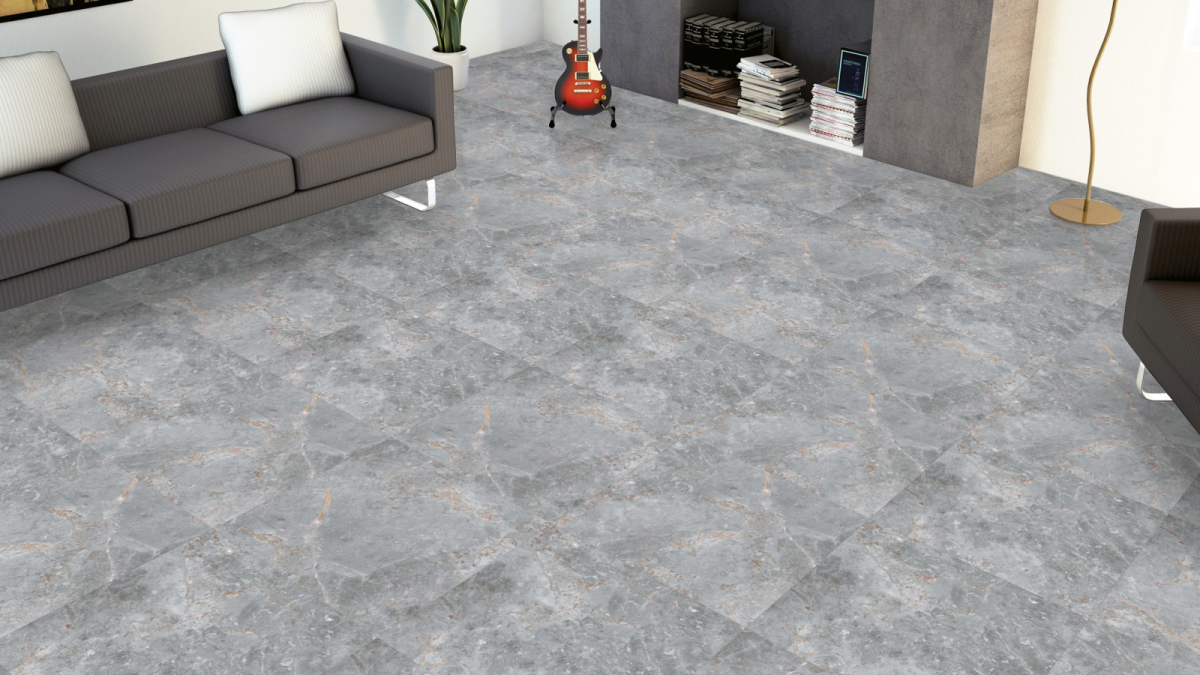
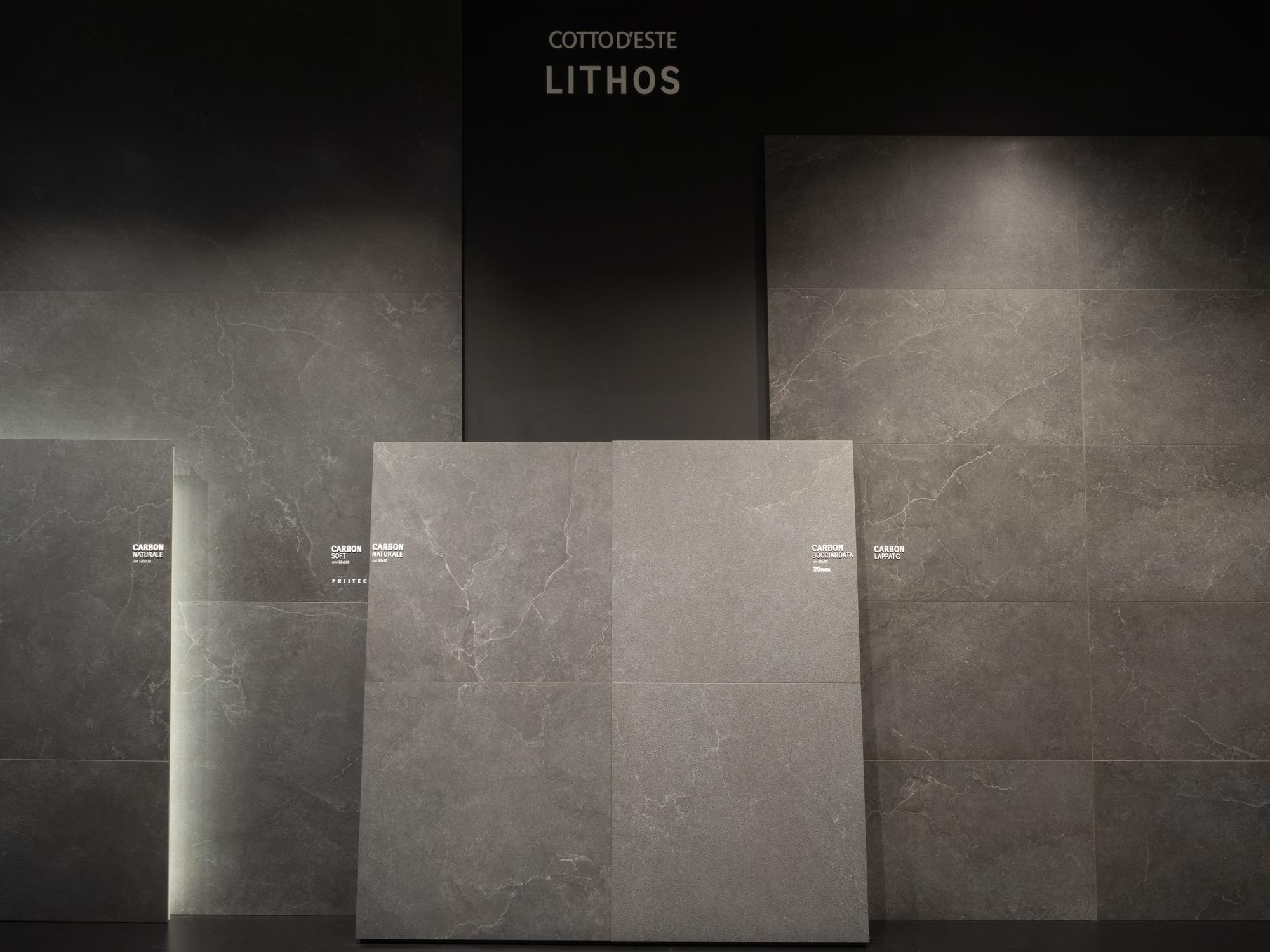
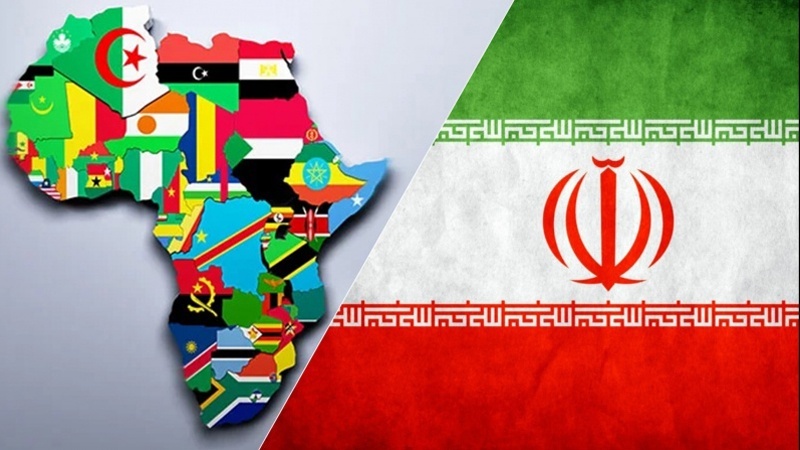
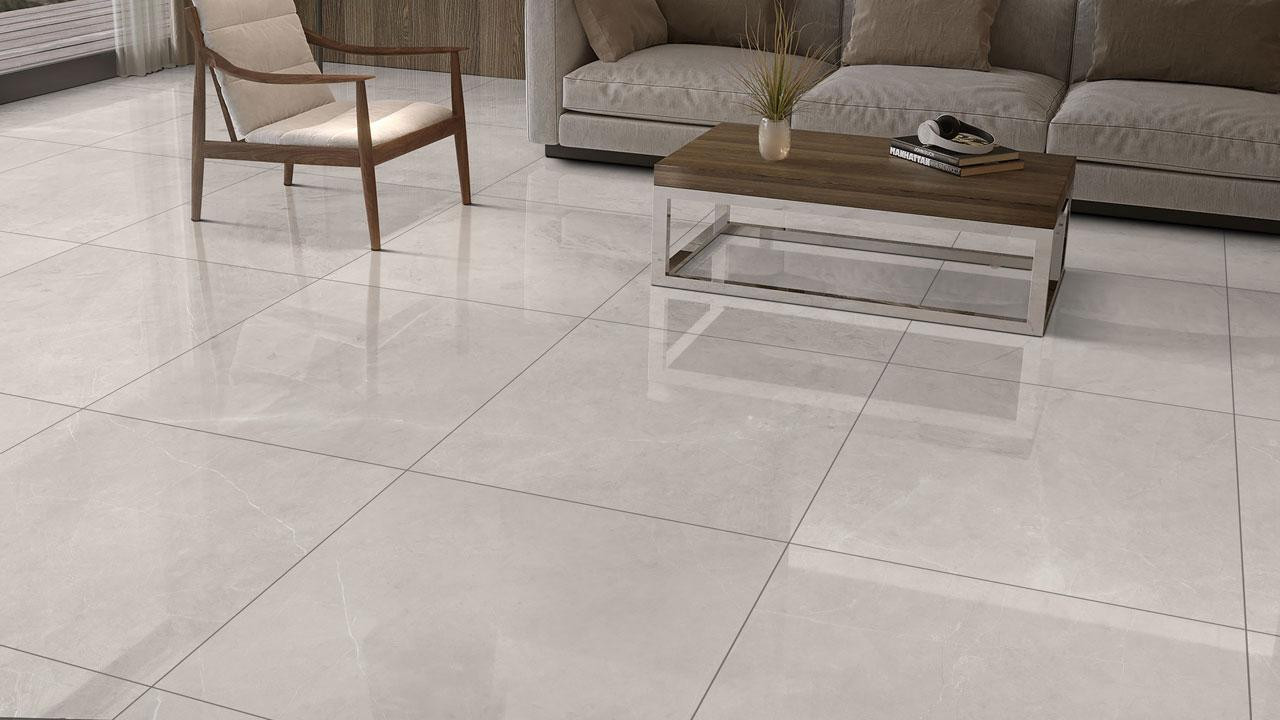

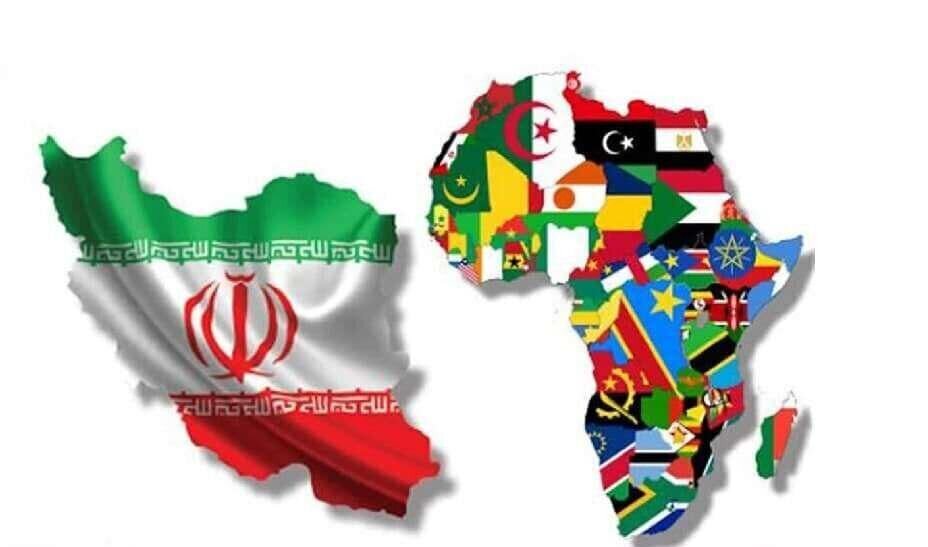
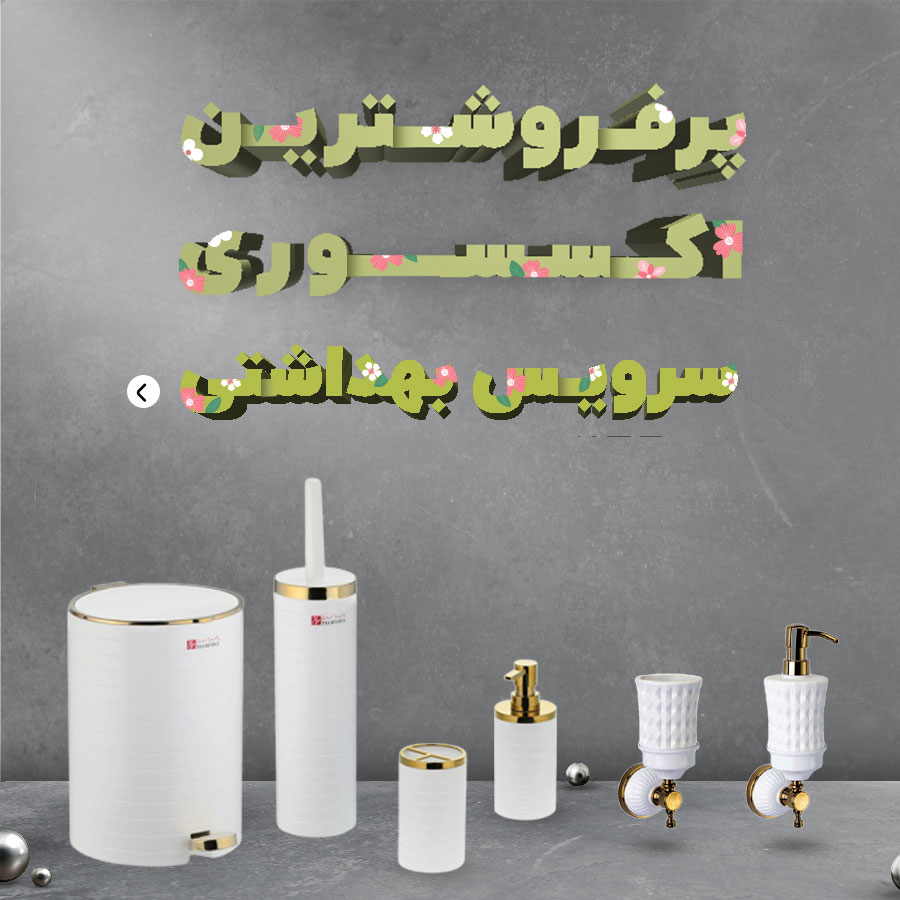

نظرات ۰